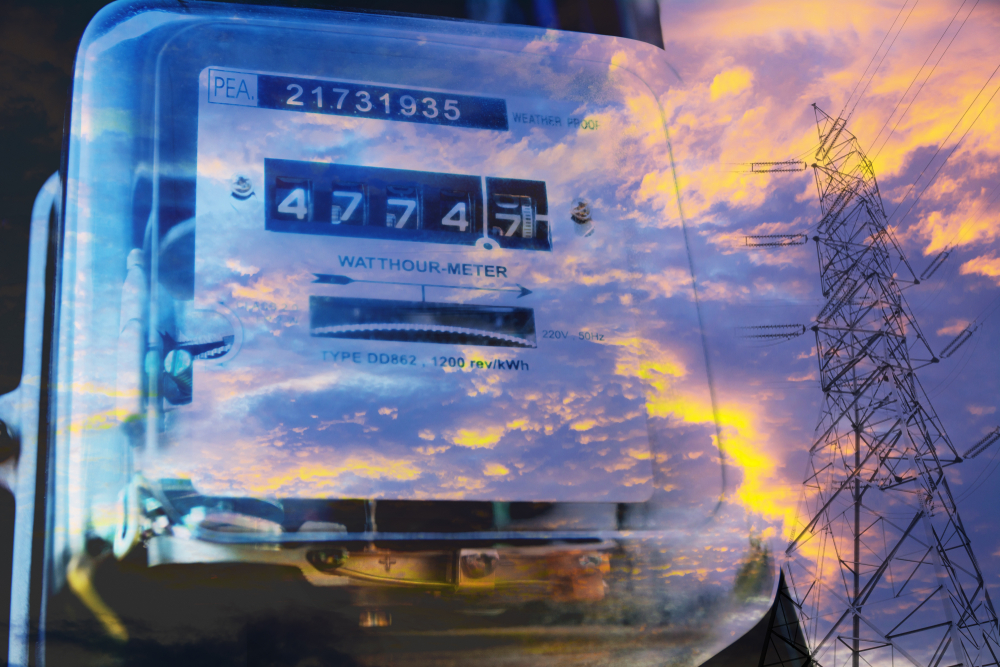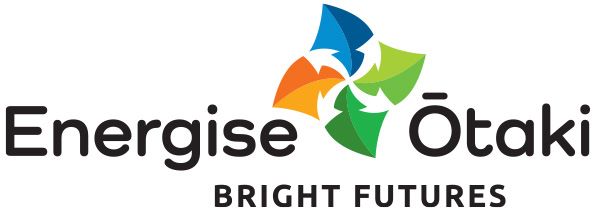People living in energy hardship live in homes that perform so poorly that the cost of keeping the home warm and dry (and have hot water when they need it) is too high.
Lining up with the dynamics of economic poverty, energy hardship comes from having a home that is hard to heat and keep dry, which then usually leads to the growth of harmful mould. The reason this is so problematic for the health of society is because damp, cold and mouldy homes create the perfect conditions for a large range of diseases, particularly respiratory illnesses, such as asthma and bronchiolitis.
Anyone who is cold becomes more susceptible to these illnesses and it impacts on physical and mental health, particularly for children. This also effects the ability to learn for kids or for adults be able to maintain stable employment and a good level of overall wellbeing.
How do we address the problem
Tackling energy hardship isn’t just about fixing the house. Instead, it is about combining the fixing of the physical infrastructure with behavior change. In CEN’s experience in assessing and insulating over 150,000 New Zealand homes, we have found there are often behaviours that make the housing issues worse. This includes as drying clothes inside, not removing the mould when you see it, and, leaving windows open during the daytime. The ability to pay, at any price, for the energy is also a key issue. It’s why in New Zealand to address energy hardship, we must find ways to make energy more affordable for everyone.
Energy hardship is best addressed when we fix the technical issues with the house, educate the residents to change behaviours and make the energy itself as affordable as possible (more on that latter).
Why community energy is key for taking people out of energy hardship
The Government implemented the Energy Price Review, which was completed in May 2019. As part of the consultation round during this review, several options for addressing energy hardship were presented. One of the best ideas was to establish an Energy Hardship Group. This is a group made up of Government Ministries, industry stakeholders and, hopefully, NGOs that are working directly with people in the community. These are organisations such as Salvation Army, FinCap, Community Housing Aotearoa, Habitat for Humanity, the Wise Group (mental health) and CEN, of course.
The function of this group would be to advise Government on those policies and funding options that would have the biggest, most effective impact on delivering improved wellbeing of those in energy hardship. As we’ve seen with programmes dealing with homelessness in recent years, when agencies work together to provide a cohesive wrap around service, we see the optimal outcomes.
There are many overseas examples of where this has been done well and CEN advocates that New Zealand must follow these international roadmaps. Programmes such as Home Energy Scotland, funded by the Scottish Government, and the EU Energy Poverty Observatory, which provides a wide range of both technical, economic and social policy guidance.
By weaving together multiple threads, we can quickly make large inroads into reducing energy hardship. It’ s why the Energy Hardship Group, that has been an accepted recommendation from the EPR report, may well provide the cohesion this approach needs.
Aside from making sure the social services sector work cohesively, housing is healthy and energy affordable, we also need to look at how New Zealand communities can engage in their own energy generation, storage and use. This creates an Energy Democracy – the concept of which will be discussed in our next blog.
To learn more about the work of CEN, contact us.




